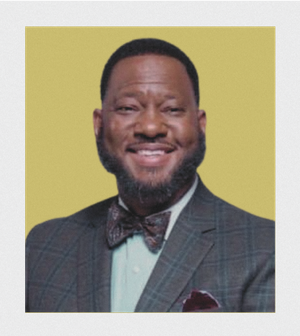If you have a lake in front of your house and one fish is floating belly-up dead, it makes sense to analyze the fish. What is wrong with it? Imagine the fish is one student failing in the education system. We'd ask: did they study hard enough? Are they getting the support needed at home? But if you come out to that same lake and half the fish are floating belly-up dead, what should you do? This time you've got to analyze the lake. Imagine the lake is the education system and half the students are failing. This time we'd ask: might the system itself be causing such consistent, unacceptable outcomes for students? If so, how? Now… picture five lakes around your house, and in each and every lake half the fish are floating belly-up dead! What is it time to do? We say it's time to analyze the groundwater.
Adapted from Racial Equity Institute (REI) Groundwater Approach
Creating Shared Language and Lens
Our local Racial Equity and Economic Mobility team attended the Groundwater Institute’s training, where they heard this story. I’ve now heard this same story from multiple people in my community, each in very different settings, across time. It has become part of our local DEI lexicon, our way of thinking, and a lens we use for seeing and talking about the current community situation and our work ahead. It is simple yet powerful. Creating shared language and a shared lens can help build a starting point from which to view and articulate our collective reality. From this shared starting point, we are then able to begin to build the change our community needs and imagine a path forward.
Leveraging the Power of Language and Images
Sometimes you can find a metaphor, an analogy, an allegory, or a single image that is so powerful it does a lot of the heavy lifting for you. Test it in different situations and with different people across the community. With whom does it resonate? Does it teach or clarify? Does it serve you well? If it does, leverage it.
Making it Spread
Community Learning can involve typical methods of learning but also non-traditional methods of learning. Sometimes a social campaign is a way in, sometimes posters and flyers, sometimes well-placed interviews, videos, or even a billboard. Sometimes it is the same simple story spread person to person. When you find a great learning tool or lens that works for your community, be willing to push yourself and take some risks to help it spread. Ask yourself, how can you help more people hear and adopt it?
Left alone, it's not going to get better on its own. We actually have to do something to help us get to better. – Rev. Stacey Mills, Racial Equity and Economic Mobility (REEM) Greenville
Learn more about REEMGVL.


